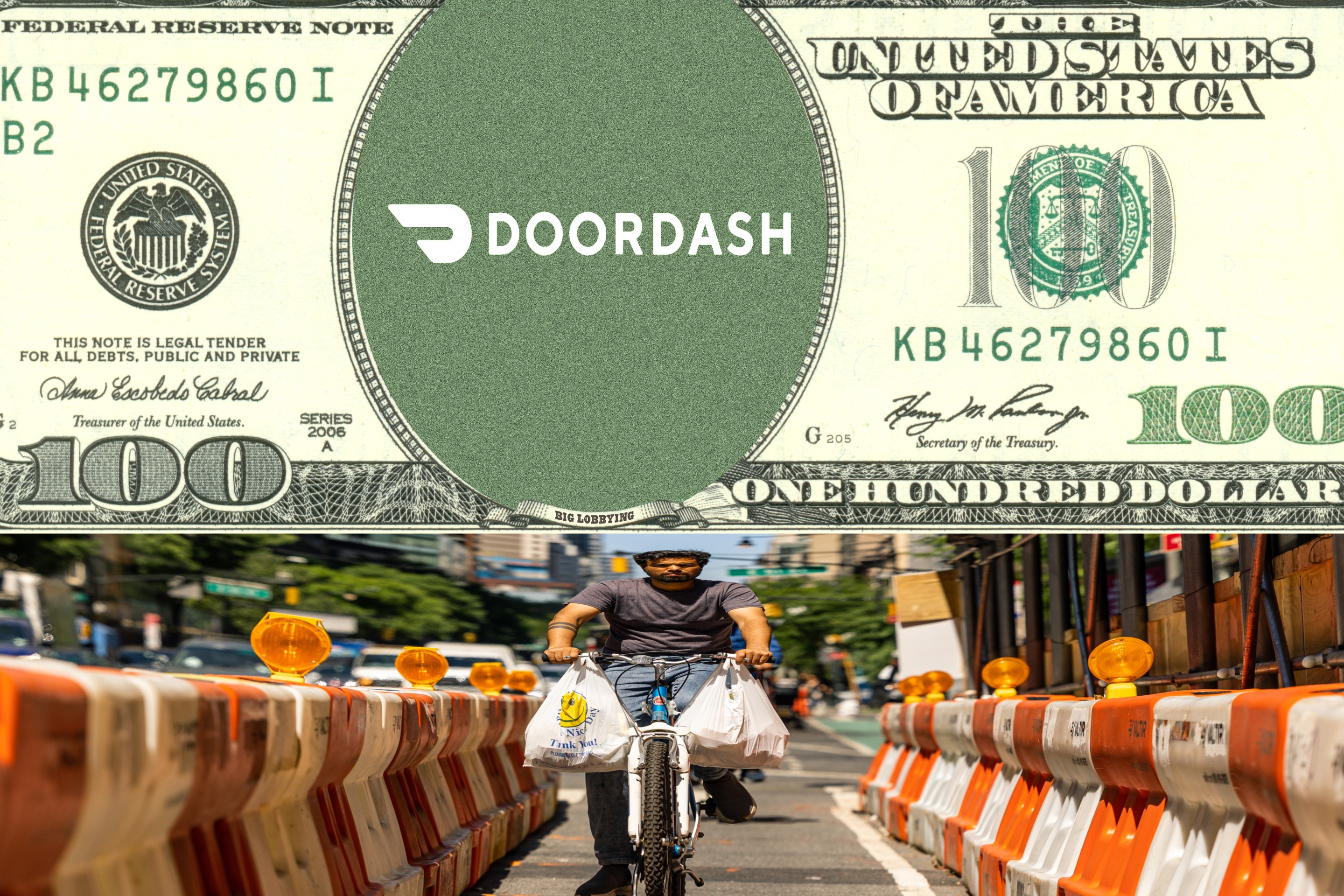The first in a three-part series on New York City parking policy.

Last December, in announcing the goals of his Long-Term Planning and Sustainability initiative, Mayor Michael Bloomberg raised the terrifying specter of New York City commuters in the year 2030 stuck in an eight-hour "rush hour." This all-day traffic jam would become a reality, the mayor said, if New York City failed to plan for growth.
Just a short bus ride away from the Queens Museum of Art, where the mayor delivered his speech, is Downtown Flushing. There, the ideal of the mayor's Long-Term Planning and Sustainability project is running up against the reality of New York City's current-day development boom.
Though Downtown Flushing is accessible by more than twenty bus lines and the number 7 train, two major new development projects, Flushing Commons and Flushing Town Center, have been planned with the assumption that people will come by car. Flushing Commons, a $500 million project which will include a hotel, retail, and community center, is being built on city-owned property. Flushing Town Center is a combination residential and retail complex whose $600 million cost is being helped along by a variety of state tax breaks. Together, the projects will create a net gain of 3,500 hundred parking spaces in Downtown Flushing, an amount more suitable for a suburban mega-mall than the most transit-friendly neighborhood in all of Queens.
New York has a reputation as a walking and public transportation city, and cutting commute times is one of the goals of the PLANYC 2030 project. Yet the city's recent development boom has included the planning and construction of tens of thousands of new parking spaces, many of which are being paid for by public money. New York City and State are, in essence, subsidizing a parking boom that, some experts say, may ensure decades of automobile dependence and traffic congestion no matter what Mayor Bloomberg's Office of Long-Term Planning and Sustainability has to say about it.
No one seems to know exactly how many new parking spaces are being built across New York City, but Matthew Roth of Transportation Alternatives says he can think of 18,000 spots off the top of his head. The new Yankee Stadium includes 10,000 slots for vehicles, more than doubling the amount of parking per fan at the old stadium. The Bronx Terminal market will offer room for 2,800 cars. And vast, accessible parking lots are a basic element of plans for Atlantic Yards, Ikea, Fairway, Whole Foods, Lowe's and many other developments in Brooklyn. In April 2005, Brian Ketcham and Carolyn Conheim of Community Consulting Services tallied up over 20,000 new parking spaces planned, under construction or already built in and around Downtown Brooklyn (Download their PDF).
While many outer borough Community Boards view new parking spaces as a traffic mitigation, experts say otherwise. "Those new parking spaces result in encouraging more people to drive while at the same time you're trying to eliminate traffic by other means," said Jeff Zupan, a transportation analyst with the Regional Plan Association. "You're working at cross purposes, no doubt about it."
All of this new parking space is necessary, city officials say, because outer borough New Yorkers are more likely to drive where public transportation is not as developed. Even in Flushing, with its wealth of transit, Councilmember John Liu (chair of the council's transportation committee), has fought to keep the cost for parking at Flushing Commons below market rate and to keep the number of new spaces as high as possible, despite studies that show they aren't all needed.
The City Planning Department has long tried to restrict driving in Manhattan's Central Business District by not requiring developers to include parking, putting caps on the amount of parking that can be built, and taxing parking lots. A recent, notable exception is the rezoning of the enormous Hudson Yards area on Manhattan's West Side. City dollars are being spent on extending the 7 train to the area. Still, developers will also be required to build a certain amount of parking based on the size of the buildings they are constructing. These are the first such parking requirements in Manhattan since 1982.
City officials argue that they are simply providing people with a choice by accommodating both public and private transportation. But UCLA Professor Donald Shoup, whose book The High Cost of Free Parking is the most thorough examination of parking ever written, argues that simply offering a choice won't cut congestion.
"Off-street parking requirements encourage everyone to drive wherever they go," he writes, "because they know that can usually park free when they get there." Inexpensive and abundant parking, in other words, creates more traffic congestion. So, how does Mayor Bloomberg square his administration's laudable long-term sustainability goals with the boom in parking that his administration has, in many cases, promoted and subsidized?
Photo: wakejunkie/Flickr





